
Researchers Discover Crows Hold ‘Funerals’ To Mourn Their De@d
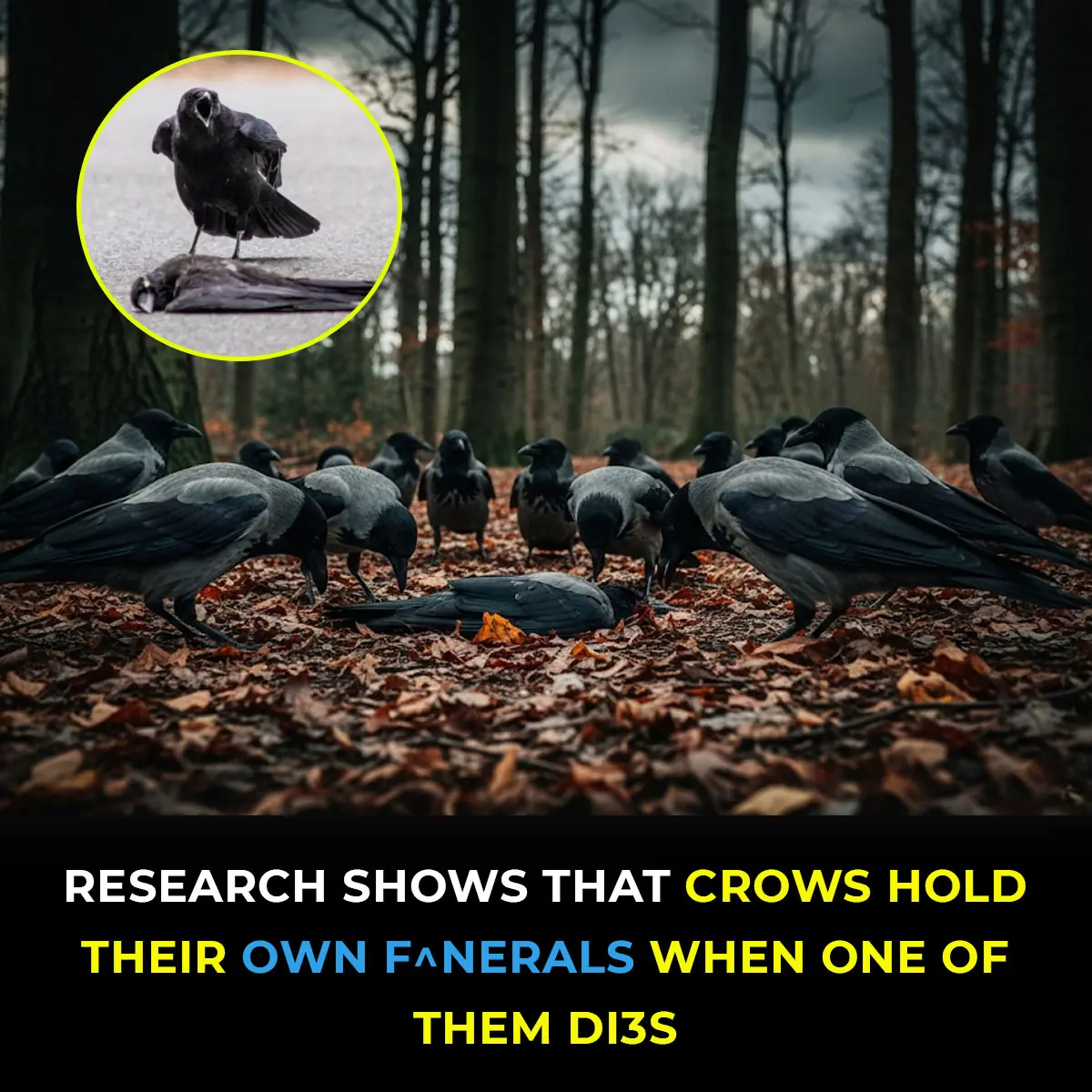
Human beliefs surrounding death and the afterlife have long involved crows, creatures that have intrigued and mystified people for centuries. Often referred to as a "murder of crows," these birds have sparked stories of ominous gatherings and eerie encounters. However, recent scientific studies reveal that their responses to death are far more nuanced, complex, and survival-driven than commonly believed. This essay delves into the fascinating world of crow “funerals,” shedding light on the true nature of these events, their scientific foundation, and the remarkable cognitive abilities behind such behaviors.
The Myth and Reality of Crow Funerals
The image of crows gathering around a deceased companion has long been a fixture in folklore, often depicted as a grim council assessing the fate of the body. While this poetic notion captures the imagination, the reality is rooted in practical, adaptable behavior. Crows do indeed often gather around the body of a deceased crow, but this isn’t for mourning; it serves as an opportunity for group inquiry and information exchange.
This behavior is part of the field of corvid thanatology, which examines death-related rituals in corvid birds like crows, ravens, magpies, and jays. Known for their intelligence, corvids’ responses to death demonstrate a deep understanding of social dynamics and danger.
What Happens During a Crow Funeral?
When a crow encounters a deceased member of its species, it may emit loud calls or warning sounds. These vocalizations draw other crows to the area, creating a gathering often referred to as a “mob.” During this mobbing behavior, crows will vocalize and examine the body for 15 to 20 minutes.
In contrast to human funerals, which are largely ceremonial and emotional, crow gatherings are more practical. These meetings help the birds assess the potential dangers in their environment. By observing the conditions surrounding the death, they can identify predators or hazards to avoid. This process of learning and adaptation increases the group’s chances of survival.
Cognitive Insights: What’s Happening in the Crow Brain?
Thanks to advancements in neuroimaging, scientists can now study the brain activity of crows in response to death. Using fluorodeoxyglucose positron emission tomography (FDG-PET), researchers compared the brain activity of crows exposed to deceased conspecifics to those exposed to other stimuli, such as dead songbirds.
The results were surprising. The crows exhibited increased activity in the nidopallium caudolaterale (NCL), rather than the areas of the brain linked to fear or social emotions, such as the amygdala, which controls emotional responses in mammals. The NCL is responsible for complex cognitive processing and higher-level decision-making, which is considered the avian equivalent of the human prefrontal cortex.
This suggests that crows approach death with analytical reasoning rather than instinctual fear or mourning, evaluating the situation to guide their future behavior. The activity in the executive center of their brains highlights their remarkable intelligence.
Social Learning and Threat Recognition
Crows actively learn from death rather than simply reacting to it. In an intriguing study, researchers placed taxidermied dead crows near feeding sites while wearing masks. Local crows responded with alarm calls and mobbing behavior as soon as they recognized certain masked faces as dangerous. Remarkably, the crows continued to recognize these faces and react with alarm for up to six weeks, even after the masked individuals stopped carrying dead birds.
This ability to use death-related cues to navigate their environment demonstrates the crows' long-term memory and social learning. They retain information about potential threats, adjust their behavior accordingly, and alert others in their community. This sophisticated social intelligence allows them to better manage risk.
Unusual and Controversial Behaviors Observed
While the majority of crow funerals consist of vocalizations and careful examinations, some behaviors can appear strange or unsettling. Research has shown that crows may touch, peck, or even copulate with deceased conspecifics. These behaviors, though rare, have been observed in carefully monitored studies over the years.
Scientists caution against over-interpreting these actions, which may seem gruesome to humans. Possible explanations include confusion during the breeding season, misidentification, or heightened arousal caused by the presence of a dead bird. In some cases, a crow may approach a corpse, call out an alarm, engage in copulation, and then be joined by its partner in a frenzied state, possibly tearing the body apart.
Though these behaviors are exceptional, they demonstrate the complexity and, at times, contradictory nature of crow behavior concerning death. Researchers emphasize that these actions are anomalies and that the primary purpose of crow funerals remains threat assessment and information gathering.
The Role of Communication in Crow Funerals
Crows are highly vocal birds, using a wide range of calls to convey different messages. During funerals, alarm calls are used to attract others and warn of potential dangers. Studies comparing brain reactions to these calls reveal that both warning sounds and other social vocalizations, such as begging calls, stimulate the NCL. This suggests that decoding crow communication involves significant cognitive effort.
This complexity shows that crow communication is nuanced and context-dependent. To respond appropriately to threats, food opportunities, or social interactions, the birds must interpret subtle variations in sounds. Funeral gatherings create an environment where these exchanges are heightened and crucial for the group's survival.
Broader Implications: What Crow Funerals Tell Us About Animal Intelligence
Crow funerals offer valuable insights into animal social behavior and cognitive processes. These birds demonstrate that death is not just a cause for fear or avoidance but can also serve as an opportunity for learning and collective action. Their ability to remember faces, associate specific individuals with danger, and engage in group problem-solving shows a level of intelligence that challenges traditional views of animal behavior.
Furthermore, the use of higher-order brain functions to navigate mortality points to a level of awareness and problem-solving not commonly observed in non-human animals. While it is still uncertain whether crows experience grief or empathy like humans, their behavior reveals a sophisticated approach to social cohesion and risk management.
Conclusion: A Dance of Death and Survival
Crows' funerals are more than just eerie gatherings; they are dynamic events where survival instincts, social learning, and intelligence converge. These birds transform the reality of death into a chance for group adaptation and awareness. Through vocal alerts, memory, and cognitive acuity, crows skillfully navigate their environment’s dangers.
As research on crow behavior continues to evolve, it will provide further insights into how animals perceive mortality and the social dynamics that shape their reactions. Far from being a simple ritual of mourning, crow funerals serve as a testament to the complexity of life and death in the natural world.
News in the same category


Break-up coach reveals three clear signs that mean a relationship is over

“Meet K2-18b: The Distant Ocean World That Could Host Alien Life”

Neuroscience Says: Listening to This Song Reduces Anxiety by Up to 65%. Hear It Yourself

Scientists Confirm Brain’s ‘Life-Flash’ Surge Just Before Death

Here’s What It Really Means When A Man Turns His Back In Bed

Could Psilocybin Be the Secret To Living Longer? Scientists Think So.
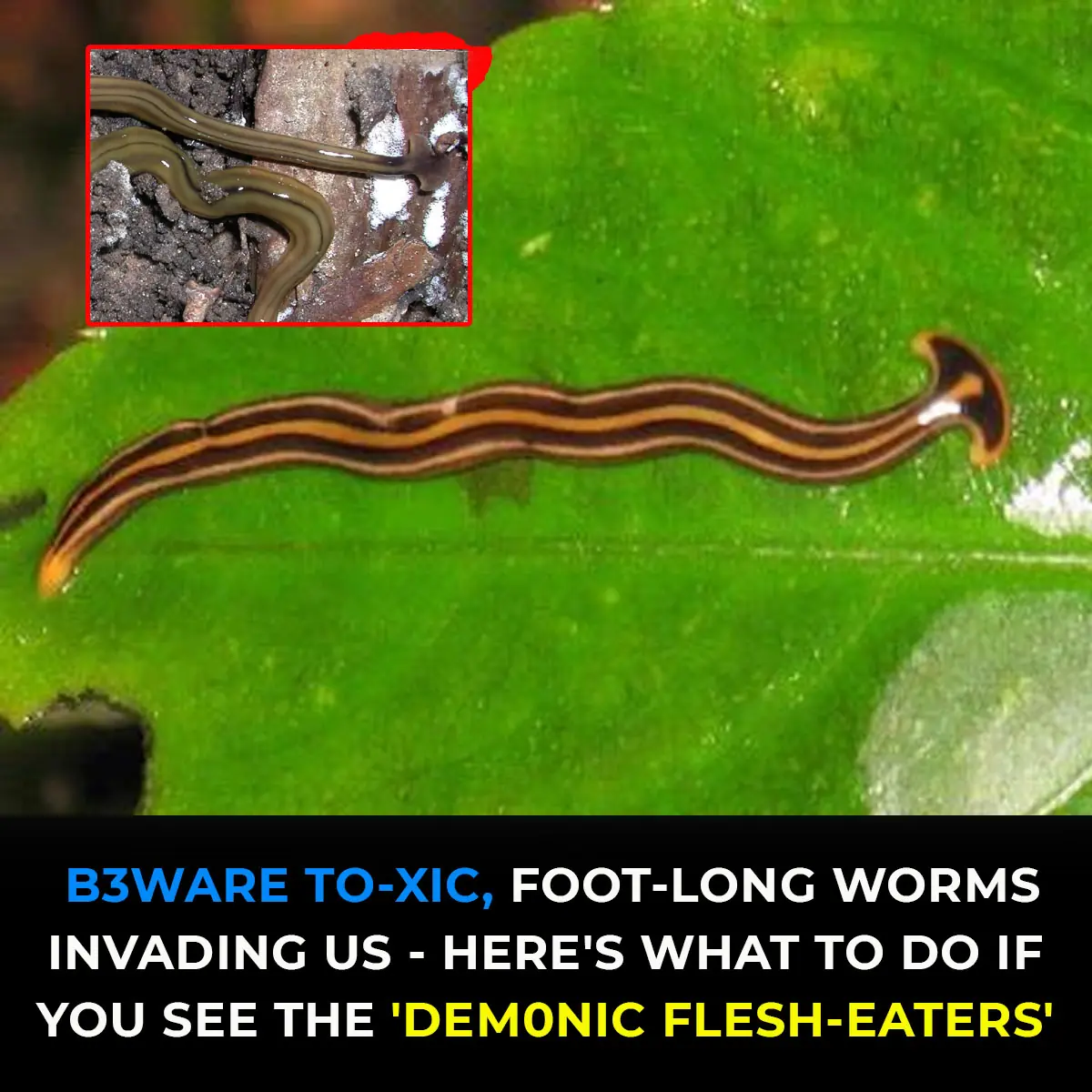
You Should Never Ignore These 9 Things Your Fingernails Reveal About Your Health

10 Warning Signs Your Kidneys May Be in Serious Danger
Your kidneys quietly work around the clock to keep your body in balance, but when they start to fail, the symptoms can be subtle and easily overlooked. Spotting these early warning signs could save your health—and even your life.

What You See First In This Weird Optical Illusion Reveals What Kind Of Lover You Are
Optical illusions can do more than just play tricks on your mind — they can reveal hidden aspects of your personality, including how you express love. In this unique test, the first image you notice will uncover your deepest romantic traits and the way
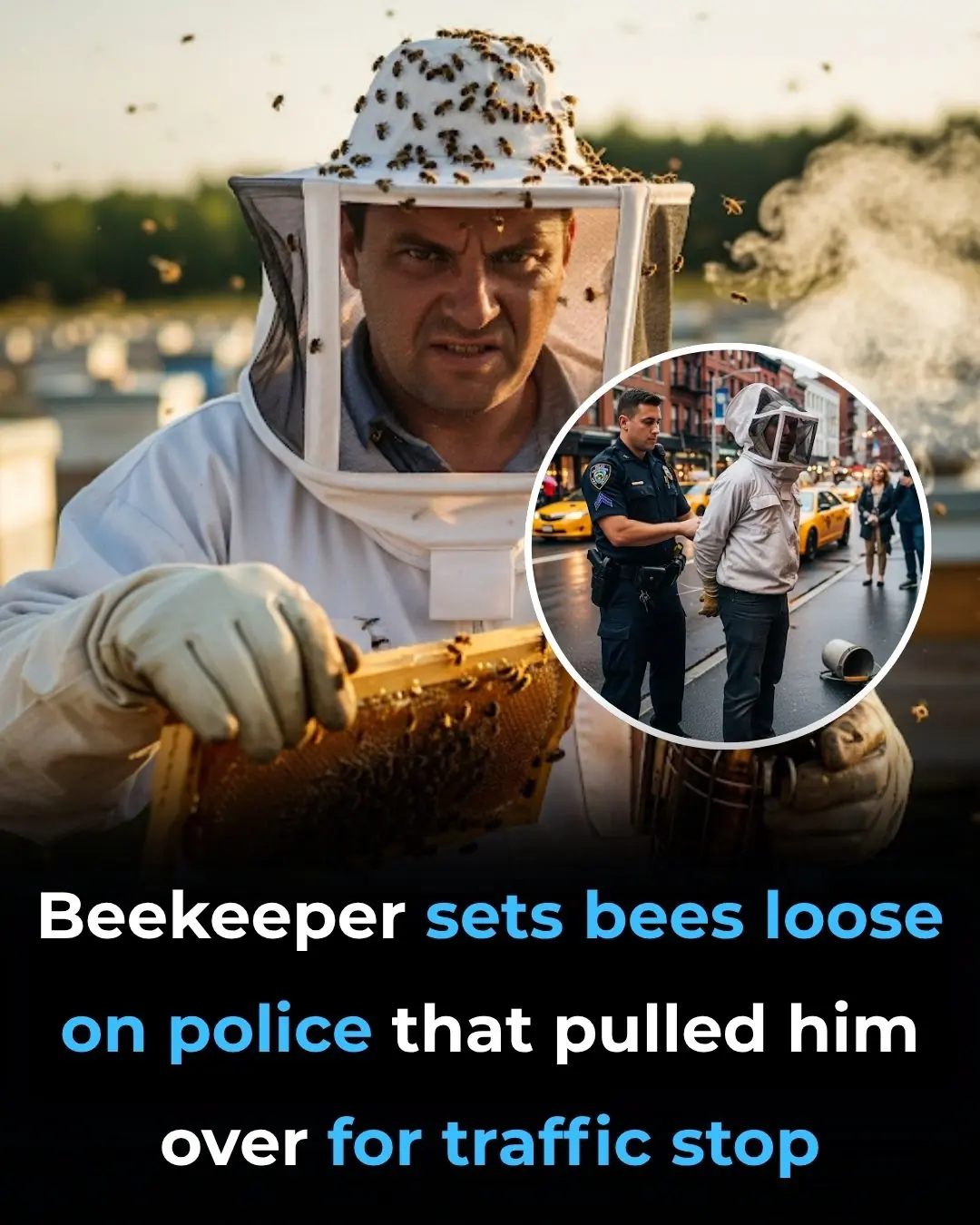
Beekeeper Sets Bees Loose on Police That Pulled Him Over for Traffic Stop

The ‘World’s D3adliest Food’ K!lls 200 People Annually — Yet 500 Million Still Can’t Resist It
Every year, this claims over 200 lives worldwide, yet nearly half a billion people still rely on it as a daily food source. Experts warn that without proper preparation, this staple crop can turn d:eadly due to its natural cyanide content.

The Hidden Meaning Behind Women's Leg-crossing — It’s More Than Just Comfort
The Hidden Meaning Behind Leg-Crossing — Body Language Secrets, Health Risks, and What It Really Says About You.

Say Goodbye to Fillings Soon? Scientists Just Grew Real Human Teeth In a Lab That Could Replace Fillings Forever
What if your body could suddenly remember an ability it lost thousands of years ago - the power to grow an entirely new tooth?

The Secret Behind the Small Metal Bump on Scissors Everyone Missed
People Are Stunned To Discover The Real Purpose of the Small Metal Bump Between Scissor Handles — And It’s More Useful Than You Think.

The Chilling Truth About Why No Human Remains Were Found in the Titanic Wreck
More than 110 years after the Titanic sank, scientists have revealed the chilling reason no human remains were ever found in its wreckage. Resting 12,000 feet below the Atlantic, the site tells a silent story of how nature claimed the victims in its own w
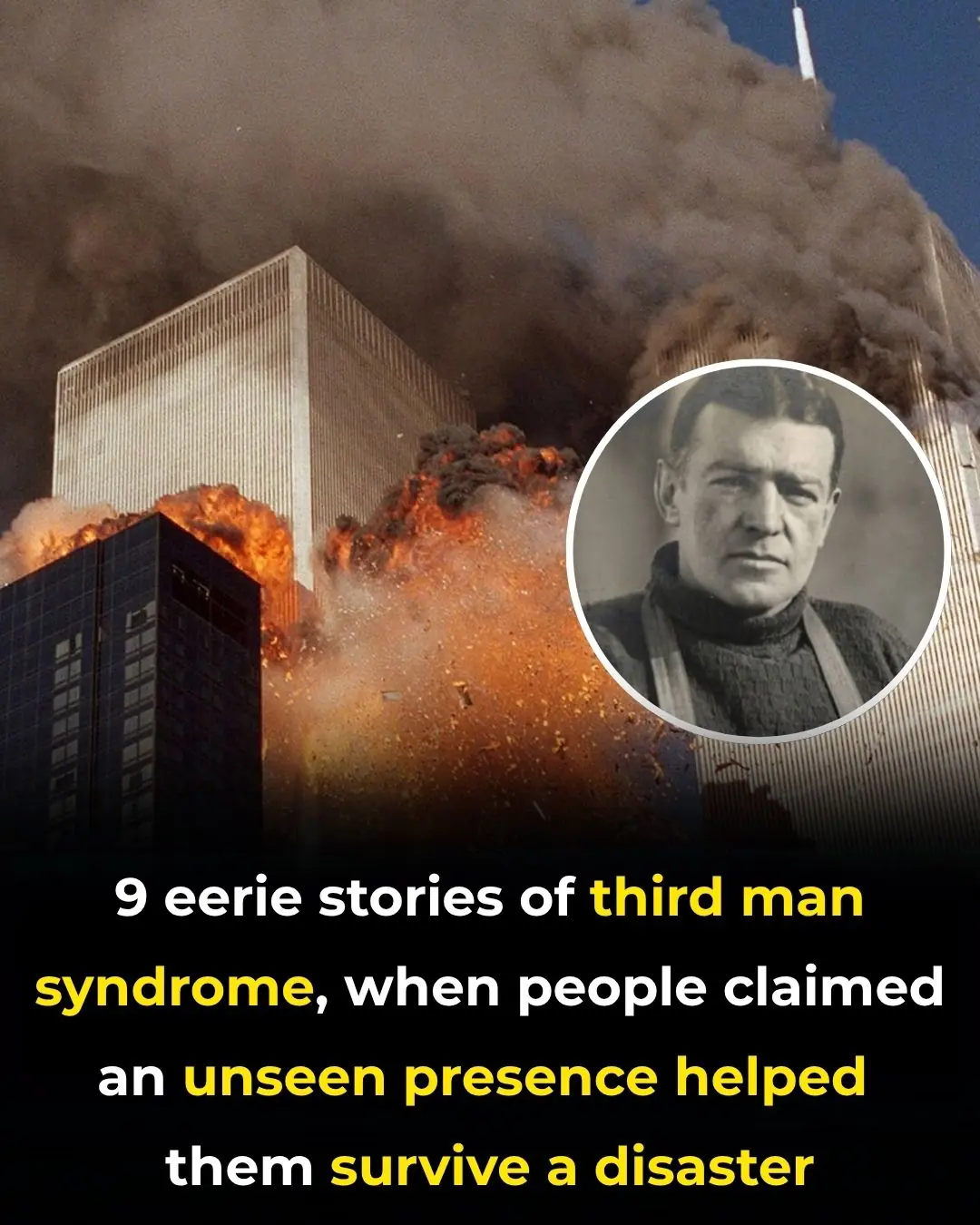
9 Chilling Stories of Third Man Syndrome: When an Unseen Presence Aided Survival in Disasters

I Was Shamed for Being a Single Mom at My Sister’s Baby Shower — Then My 9-Year-Old Son Silenced the Room with a Letter
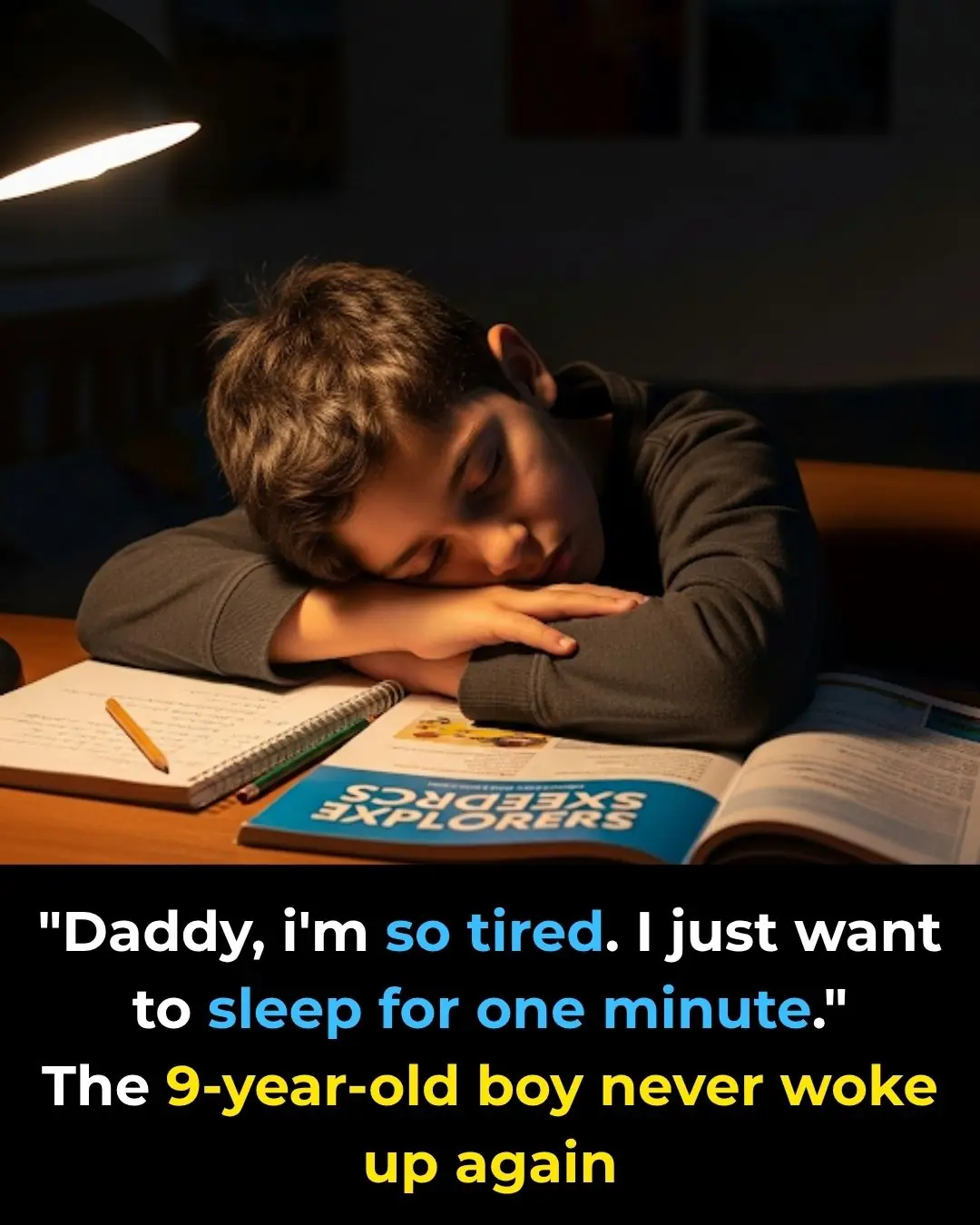
9-Year-Old Boy Whispered “Daddy, I’m so tired!” and Didn’t Wake Up Again

What Is the Shark Fin on Cars?
News Post

Study reveals average penis size across US states and exposes who is exaggerating

NASA releases closest-ever images to the sun and everyone is asking the same thing

Break-up coach reveals three clear signs that mean a relationship is over

“Meet K2-18b: The Distant Ocean World That Could Host Alien Life”

Secret CIA Documents Declare That The Ark Of The Covenant Is Real, And Its Location Is Known

Neuroscience Says: Listening to This Song Reduces Anxiety by Up to 65%. Hear It Yourself
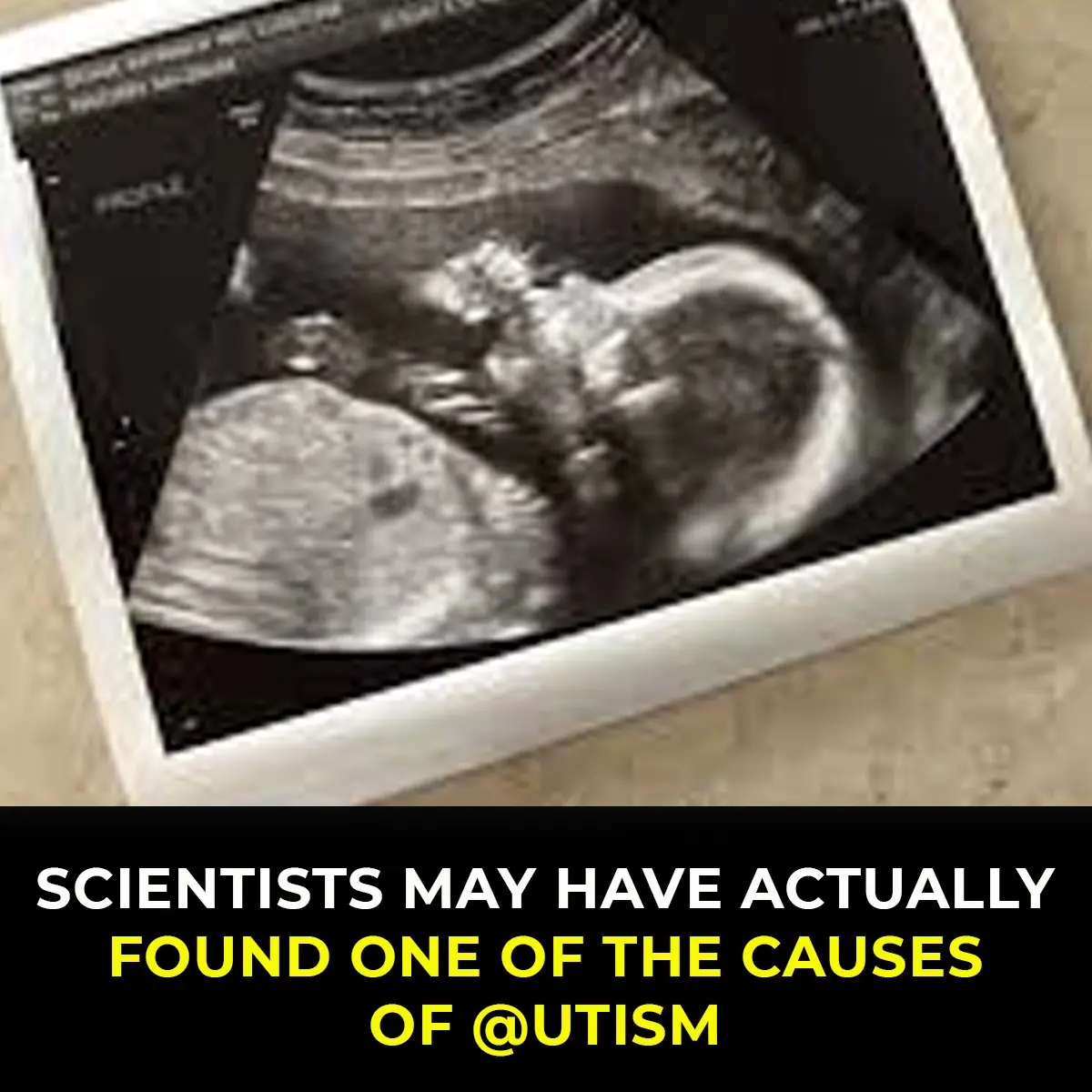
Study Suggests Key Link That Could Help Explain Autism Development

Scientists Confirm Brain’s ‘Life-Flash’ Surge Just Before Death

Scientists Warn China-Identified Bat Virus Just One Mutation Away From Sparking Global Pandemic

This One Superfood Could Tackle Major Health Issues—Here’s What You Need To Know

Here’s What It Really Means When A Man Turns His Back In Bed

Woman’s Inoperable Brain Tumor Shrinks In Just Five Days Thanks To Cancer Breakthrough

Could Psilocybin Be the Secret To Living Longer? Scientists Think So.

The Strengthening Power Of This One Mineral That Many Are Not Aware

EventsCalifornia On High Alert After Invasive Crab Capable Of Scaling 13-Foot Walls Discovered

A Late-Night Uber Ride That Changed a Life.

The Only Thing My Late Dad Left Me Was a Rusty Key, and I Thought It Was a Joke Until My Cousin Offered Me $10,000 for It – Story of the Day

You Should Never Ignore These 9 Things Your Fingernails Reveal About Your Health

Scientists Warn Foot-Long “Demonic Flesh-Eating” Worms Are Invading The U.S.—Here’s What To Do
